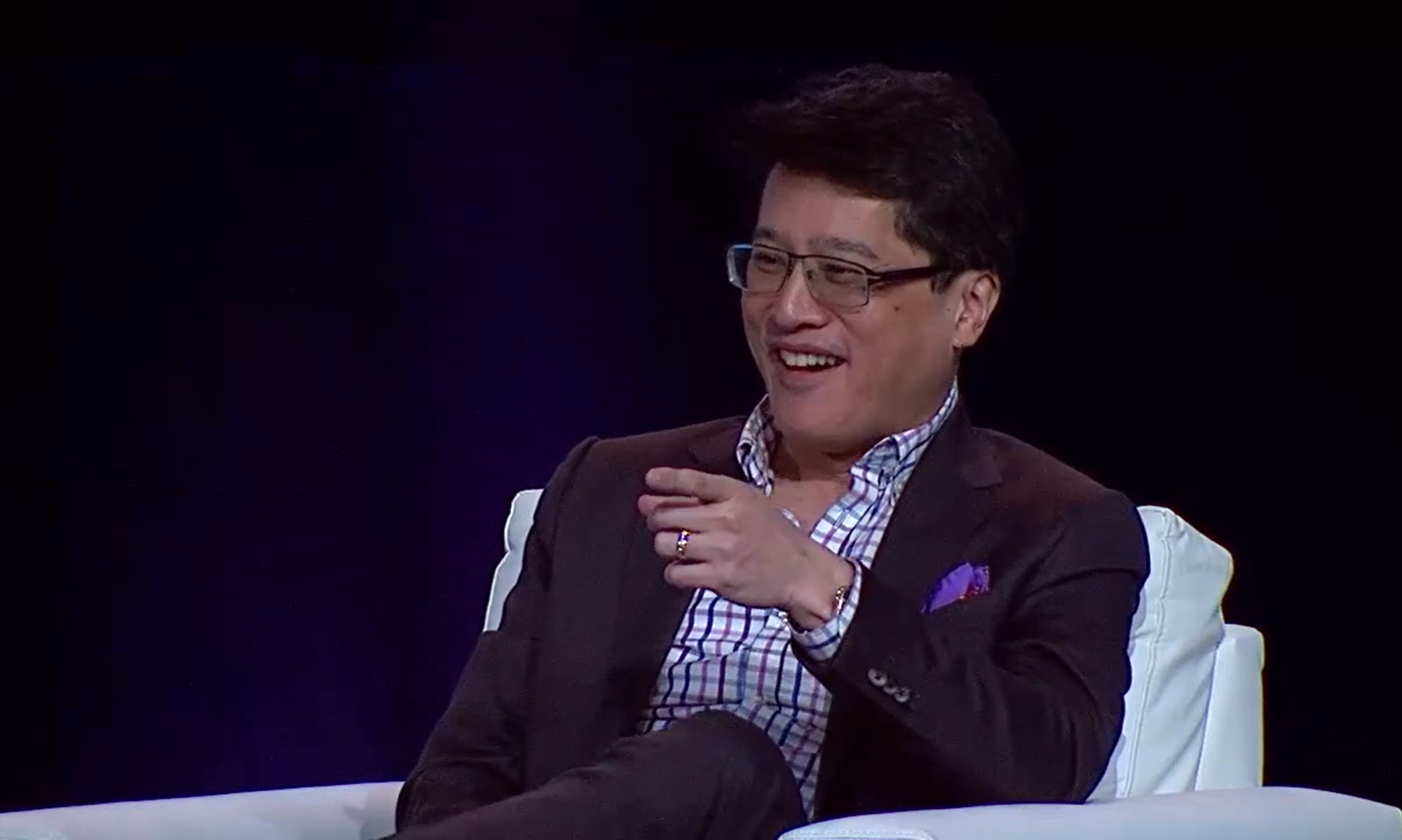Having both a business and engineering background, I have tendencies to try to think things out in advance very carefully. Perform strategic analyses, competitive assessments, comprehensive/near-exhaustive engineering analyses, etc. Although I’m exaggerating slightly, there’s a lot said for thinking "globally". Why be trained to think any other way?
But thinking globally can be overdone and is just one paradigm. Another option is to think more "locally", to see what is around you, to react to market demand, to see what positive and negative responses one gets when packaging products, and to be opportunistic and experimental. These latter two characteristics are very entrepreneurial in spirit.
To get a little deep and techie for a moment, in engineering disciplines such as signal processing, data compression, and neural networks, there are a variety of optimization problems where things like training a digital machine to make predictions about what type of audio sound signal to send out through set of speakers (say to cancel out road noise within the interior of a car but not the CD music coming out of the speakers) are achieved in a large part by measuring the error in the results and providing feedback to the digital machine (which is trying to learn to achieve its task). The scope of error can be thought of as a "surface", much like the terrain in mountainous areas like the western region of the US. Sometimes the digital machine will make an error that is higher or lower depending on what is going into the machine.
There are at least two ways for these machines to adapt, and these are like the global and local concepts I referred to at the beginning of this post.
A global engineering technique to updating the machine could be analogous to flying over the terrain of western region of the US and getting a look at the low spots. Since we are trying to minimize the "error" by finding the lowest spot possible, this more global view has the benefit of looking at all of the data. Renting a helicopter can be expensive though. Additionally, a global look may not always be a GLOBAL look. There could be lower spots on the other side of a mountain right in front of you. Additionally because one is so far from the surface, it is possible that perspective you hold is distorted – you cannot actually see the true contour of the terrain by being so high up (to use an often used business phrase … "to be at the 50,000 foot-level").
A local engineering technique (one case being called a "gradient descent algorithm") is where you start in one spot (say at the top of the mountain or at a randomized point) and you look for the steepest slope downward. You then walk a little bit in that direction. If you walk too fast, you can wipe out and the situation becomes unstable. Although this technique may result in a local minimum (i.e., not the lowest spot on the terrain), it can be an effective technique for moving forward. Other techniques (cheaper than renting a helicopter) to finding low spots may be to have multiple people dropped off in different spots and communicating via walkie talkie. Hybrid global and local techniques also work.
In any case, I am all for global thinking, but often it is refreshing to think about things more locally. For one thing, you are well grounded in reality and have a structured method for moving forward. As long as one can step back from time to time and look out at the horizon and to see whether the global goals are being met, it is another way of achieving some balance.
Update (5/18/05): Speaking of optimization problems and neural nets, if you haven’t tried this neural net based site for the game twenty questions, it is pretty remarkable. Quite a body of knowledge captured within. More info also here at Marginal Revolution.
Update (5/22/05): And in honor of Darth Vadar … try the Sith version …
